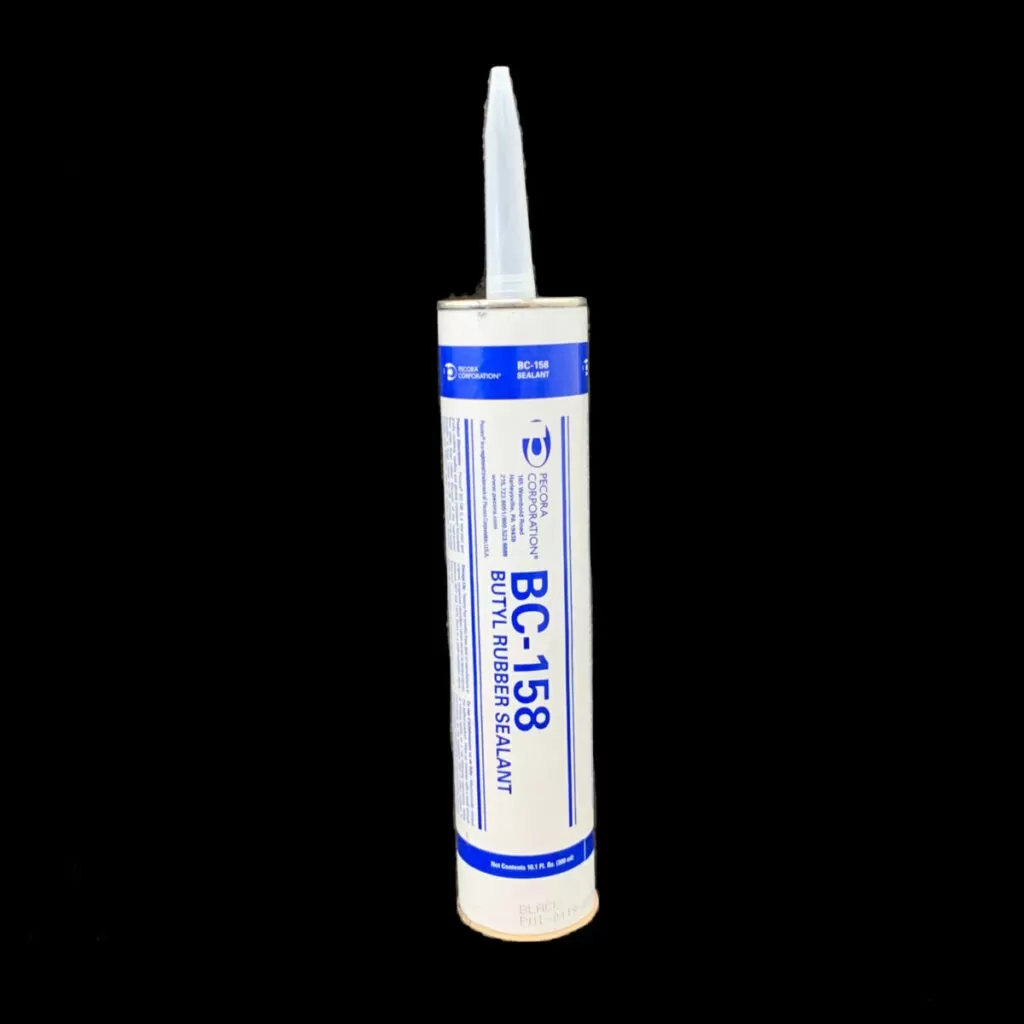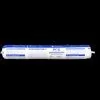Pecora BC-158 Butyl Sealant: 10.1oz Tube
$10.45
- Sealant for glass in installation of insulated glass units in wood frame or metal, flashings in construction of curtain wall, mullions, caulking joints, and channel glazing panels
- Provides a long-lasting and durable seal between all types of steel, glass, aluminum, wood and masonry and other common construction material
- BC-158 is USDA approved for use in food processing plants.
Pecora BC-158 Butyl Sealant: 10.1oz Tube
Pecora BC-158, made from virgin butyl rubber, is a one-part gun-grade sealing, glazing and caulking compound. Pecora BC-158 provides a long- lasting durable seal of dissimilar and similar surfaces between joints due to the recognised durability of butyl rubber. Questions? Contact us
Provides a long-lasting and durable seal between all types of steel, masonry, aluminum, wood, glass and other common construction materials. Used also as a sealant for glass in flashings in construction of curtain wall, mullions, channel glazing panels, installing insulated glass pieces in wood frames or metal and caulking joints. BC-158 is USDA approved for use in food processing plants.
Outstanding Sealing Capabilities of Butyl Rubber Sealant
Butyl rubber sealant is a robust and versatile product widely known for its exceptional sealing capabilities. As a potent vapor barrier, it offers an effective solution to prevent moisture and air intrusion, thereby safeguarding various structures from potential damage due to water exposure or vapor transmission. The core ingredient, butyl rubber, lends the sealant its remarkable flexibility and adhesion properties. This ensures a firm and watertight seal, making butyl rubber sealant an ideal choice for a multitude of sealing applications across diverse industries. From roofing to glazing and construction, the use of this sealant promises durable and reliable sealing solutions.
Joint Design:
For optimum perform- ance, joints should be designed for no more than 5% extension or compression. Neither the width or the depth of the joint should be less than 1/4” (6 mm).
Ideally, the depth should be one half the width.The recommended maximum width is 3/4” (19 mm), with a depth range of 1/4” to 3/8” (6 to 9 mm).
Surface preparation: Joints must be dry, clean and free of foreign matter, including curing and form-release agents in protective coatings on aluminum or concrete joints. Priming is not necessary.
Joint Backing:
Materials for joint backing control the depth of the sealant and permit the sealant to be installed under pressure. Joints should be filled to within 1/2” of the surface with polyurethane or polyethylene backer rod, preferably of a non-absorbing, non-gassing type. Use a size that will be compressed by approximately 25% when installed. Use a bond breaker tape at the bottom of the joint to prevent three-sided adhesion when it is not possible to use a backer rod and allow the sealant to have free movement after it has cured.
| Weight | 1 lbs |
|---|---|
| Dimensions | 14 × 2 × 2 in |
| Color | Aluminum Stone, Black, White |
Related products
Multi component
Concrete
Air and Vapor Barrier
Control Joints
















